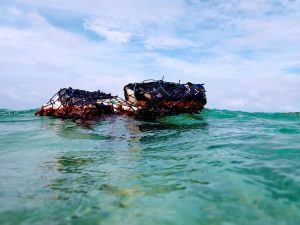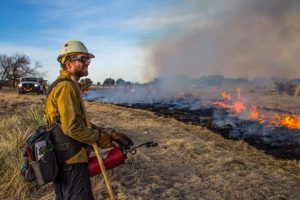Discover stories in Conservation Science
How Scientists Fish: The Hand Line
On Palmyra Atoll, getting big fish on board quickly relies on an old fishing tool: the hand line.
A New Database to Drive Seabird Conservation
A new database will help protect the world's most imperiled group of birds.
Spring Flowers Are Blooming Earlier in Greater Yellowstone
A new study finds plants are blooming earlier in the Greater Yellowstone ecosystem. What’s that mean for wildlife?
Stories from Palmyra: The Recapture
The highlight of giant trevally fishing at Palmyra Atoll isn’t the size of the fish. It’s the recapture.
Where There’s Smoke: Wildfire, Forest Restoration and Human Health
A new paper argues forest health and human health should not be viewed as separate concerns when it comes to wildfires.
The Fight to Save Western Pacific Leatherbacks
A new monitoring effort will gather information about the world's most endangered population of leatherback sea turtle.
Fishing for Science on Palmyra Atoll
Tagging trevally on a remote island with rod and reel.
Protecting and Restoring the Floodplain Forest
Floodplain forests are among the most biologically rich habitats, but they’re critically imperiled.
A New Way to Prioritize Climate-Resilient Coral Reefs
A study on coral reefs helps overcome the inherent uncertainty in modeling the future climate scenarios necessary for prioritizing conservation efforts.
Passing FAD: Partnership Protects the Reef at Palmyra Atoll
An industry/conservation partnership tracks Fish Aggregating Devices (FADS) at Palmyra Atoll.
Giant Redfin: Conserving South Africa’s Native Fish
Meet the overlooked South African wildlife: native fish. Can invasive species removal offer hope?
Wildfire Resilience Treatments Work
With the western United States facing increasingly severe fires and a megadrought, active forest management offers a more resilient future.











